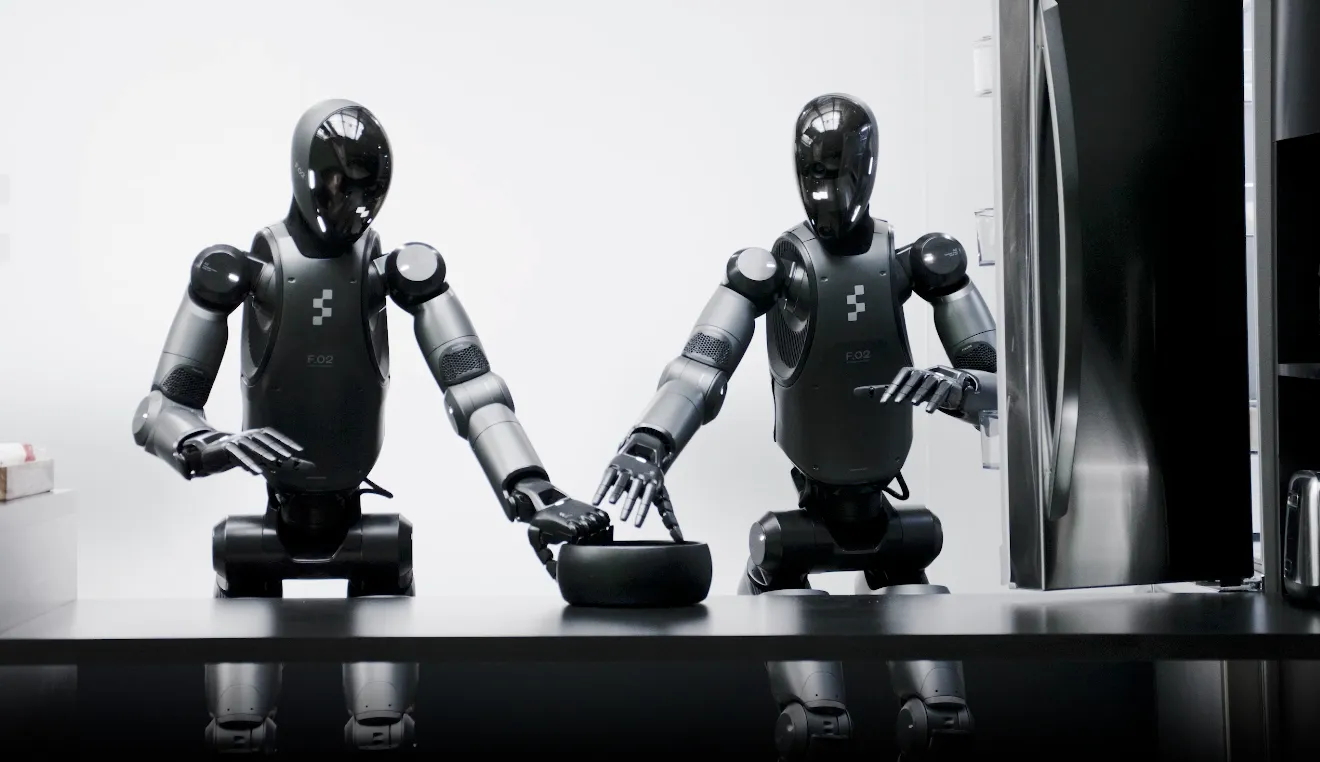The gap between industrial robots and helpful household assistants may finally be closing. Figure, a leading humanoid robotics company, has unveiled Helix - a groundbreaking AI system that enables robots to understand natural language commands and handle objects they've never seen before.
SAN FRANCISCO, Feb 21 - Unlike traditional robots that need extensive programming for each new task, Helix operates more like a human brain. It uses a clever "System 1, System 2" approach that mirrors how humans think - combining slow, deliberate reasoning with fast, instinctive reactions. This allows robots to both understand complex commands and execute precise movements at 200 times per second.
In an impressive demonstration, two Figure robots worked together to put away groceries they had never encountered before. One robot could hand items to the other using natural language instructions like "Hand the cookies to the robot on your right." This level of flexibility and coordination represents a significant leap forward in robotics.
What's particularly remarkable about Helix is its efficiency. The system runs on basic onboard GPUs and required only 500 hours of training data - a fraction of what previous approaches needed. This suggests Figure has found a more scalable path to teaching robots new skills.
The technology isn't limited to just picking up objects. Helix controls the robot's entire upper body, including individual finger movements, head position, and torso posture. This level of dexterity is essential for handling the diverse range of tasks found in a typical home.
Why this matters:
- We're witnessing a key transition from specialized industrial robots to adaptable household assistants that can learn on the fly
- The efficient training approach could dramatically accelerate the development of practical home robots
- This breakthrough suggests that helpful household robots may arrive sooner than many expected
Read on, my dear:








